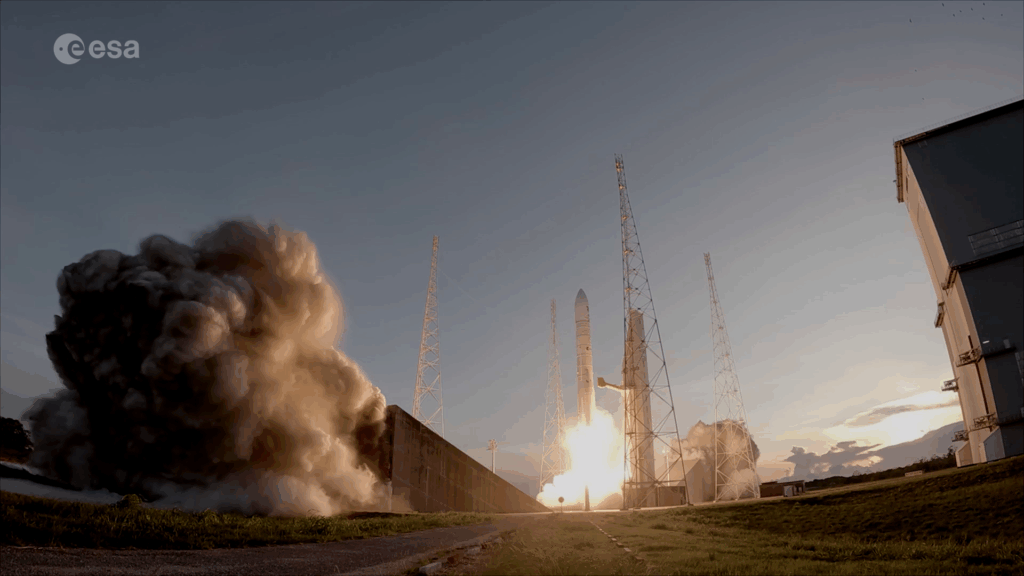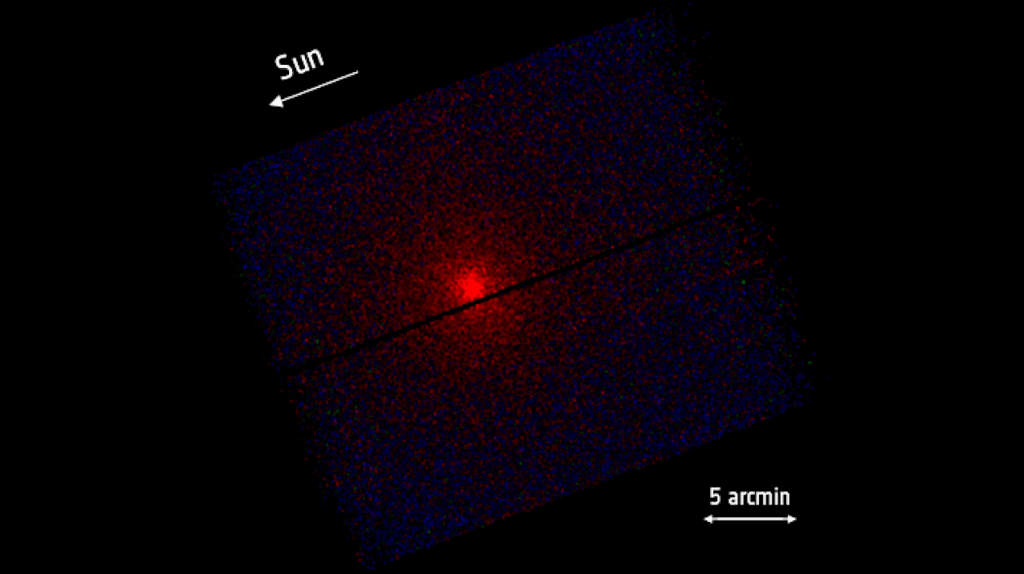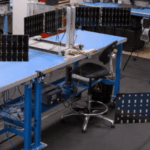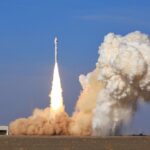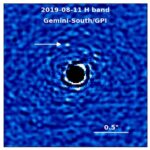Now Reading: Why MTG-S1 is a nowcasting game-changer
-
01
Why MTG-S1 is a nowcasting game-changer
Why MTG-S1 is a nowcasting game-changer
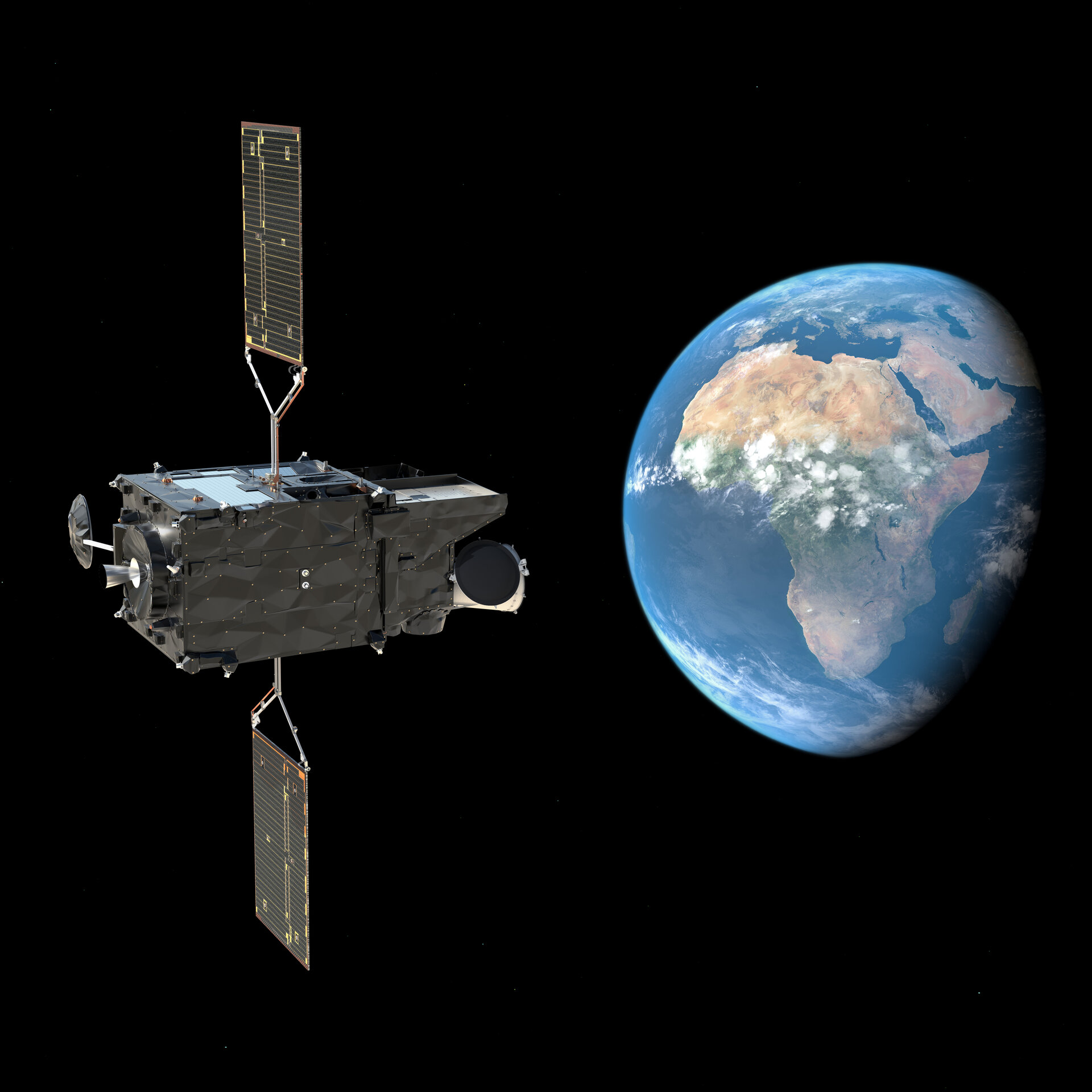

05/06/2025
242 views
10 likes
The Meteosat Third Generation Sounder satellite (MTG-S) will generate a completely new type of data product, especially suited to nowcasting severe weather events. Here are five ways in which Europe’s latest weather satellite will change how we forecast weather.
From an orbit 36 000 km from Earth, the MTG-S1 satellite is set to revolutionise the way we forecast severe weather. Unlike the imaging satellites, which complete the constellation of the MTG mission, MTG-S1 uses its Infrared Sounder to capture data on temperature, humidity and trace gases. Its data is used to generate three-dimensional maps of the atmosphere.
This data will help to detect and predict rapidly evolving and potentially dangerous weather systems. It will support applications to provide more accurate weather warnings, helping communities prepare for storms, alert pilots to areas of invisible turbulence and support plans to mitigate climate risks – ultimately saving lives and reducing damage to property and infrastructure.
“This mission will change forecasting, using innovative space technology to bring us three-dimensional data on the atmosphere and enabling faster responses to extreme weather,” said Simonetta Cheli, ESA’s Director of Earth Observation Programmes, adding, “Throughout the development of this mission, I’ve been impressed by the dedication and expertise shown by the teams across ESA and our European partners, and I would like to thank everyone involved for their spirit of cooperation. Their hard work means that this mission will contribute to better forecasting to benefit citizens.”
1. A new dimension for weather forecasting
Until now, Europe’s fleet of geostationary weather satellites has relied exclusively on imagers. These instruments take high-resolution images of Earth and are invaluable for tracking cloud cover and storm systems. But imagers provide two-dimensional data, showing what’s happening at the top of the atmosphere, but not what lies beneath.
The Infrared Sounder on board MTG-S1 introduces an entirely new capability by measuring infrared spectra in each of its pixels. Using this information, scientists can detect atmospheric properties such as temperature and humidity vertically as well as horizontally. The technology used – called imaging Fourier-Transform Spectrometry – detects the unique ‘fingerprints’ created on infrared light waves when gases in the atmosphere emit or absorb infrared light.
“MTG-S1 shifts us from flat images to fully three-dimensional views of the atmosphere,” explains Tobias Guggenmoser, MTG-S Lead Payload Engineer at ESA. “By capturing 1700 infrared channels every half-hour, we can slice the sky into layers – tracking temperature, moisture and even trace gases – so forecasters see exactly what’s happening at each altitude.”
2. Faster warnings for severe weather
The term nowcasting refers to forecasting on short timescales, from just minutes up to a few hours in advance. This is critical for rapidly evolving events such as thunderstorms, tornadoes or flash floods. MTG-S1’s ability to revisit Europe every 30 minutes and provide a vertical profile of temperature and moisture means forecasters get near real-time updates on atmospheric conditions.
The Infrared Sounder can be used to identify vertical air movements, including temperature inversions, where a warm layer traps cooler air below. Inversions can suppress storm activity until the inversion collapses, releasing energy in the form of heavy downpours or hail. Without vertical data, inversions are invisible to traditional imagers – but they become clear using MTG-S1’s hyperspectral sounder.
“Some types of storms develop very quickly, and the vertical dynamic of the atmosphere plays a central role in this process,” says James Champion, ESA’s MTG Project Manager. “By observing key markers such as temperature and wind speed in three dimensions and tracking them over time, scientists can detect these storms right at the start of their development, increasing the lead time for weather warnings.”
3. Making skies safer for air traffic
Turbulence is a perennial hazard for air traffic – causing both discomfort and danger for pilots and passengers. Sometimes the cause is visible, but sometime turbulence occurs even during clear weather. For example, turbulence can occur when wind rushes over mountain ranges, pushing air upwards in invisible waves that can travel for long distances. Volcanic ash plumes also pose a major risk for jet engines.
MTG-S1’s vertical profiling of temperature and humidity, combined with wind estimates, allow meteorologists to pinpoint these hidden hazards.
“Aviation is one the most important areas that will benefit from the MTG-S1 satellite’s data,” notes James. “By providing a three-dimensional picture of temperature, wind and humidity that evolves over time, MTG-S1 will help weather agencies identify more of these turbulent regions and predict their paths more accurately. For airlines and air-traffic controllers, that means smarter flight planning.”
4. Supporting climate and the environment
Meteosat satellites have been providing large-scale weather datasets since 1977. Now MTG-S1 will add infrared sounding data to this body of information, enriching the climate record. As well as measuring temperature and humidity at different atmospheric levels, the Infrared Sounder can detect greenhouse gases such as carbon monoxide, carbon dioxide, methane and ozone.
“With MTG-S1, we’re not only forecasting tomorrow’s storms – we’re also building the long-term records needed to track climate change,” says James. “Data from the sounder will be processed by extremely complex algorithms to provide decision-makers with the information about the atmospheric make-up, enabling them to develop and implement more refined policies to mitigate against climate risks.”
One effect of climate change is that it increases the likelihood of extreme weather. By improving nowcasting capabilities, MTG-S1 will help mitigate that growing danger.
On World Environment Day, MTG-S1 is a prime example of how space-based observing underpins efforts to produce timely and accurate data on severe weather, to track environmental change and monitor air pollution.
5. Designed for the future
MTG-S1 will set a new standard as its Infrared Sounder is among the most complex and powerful hyperspectral sounders ever built for space. Identifying the right technology for the mission’s goals – and ensuring it met ESA’s challenging technical standards – required expertise across a wide range of disciplines.
“The Infrared Sounder is probably the most ambitious example of this technology to date,” says Tobias. “And as a weather satellite, it has to operate continuously without issues.”
He adds, “In the ESA MTG team, we have people with experience of this type of instrument, as well as experts on everything from on-board data processing to precision mechanisms. This enabled us to guide the development not just of the sounder itself, but also our industrial partners’ capabilities, thereby laying the foundation for future generations of satellites.”
The Meteosat Third Generation Sounder satellite (MTG-S1) will be launched not earlier than July 2025. It will carry the Copernicus Sentinel-4 instrument on board.
Stay Informed With the Latest & Most Important News
Previous Post
Next Post
-
 012024 in Review: Highlights from NASA in Silicon Valley
012024 in Review: Highlights from NASA in Silicon Valley -
 02Panasonic Leica Summilux DG 15mm f/1.7 ASPH review
02Panasonic Leica Summilux DG 15mm f/1.7 ASPH review -
 03From Polymerization-Enabled Folding and Assembly to Chemical Evolution: Key Processes for Emergence of Functional Polymers in the Origin of Life
03From Polymerization-Enabled Folding and Assembly to Chemical Evolution: Key Processes for Emergence of Functional Polymers in the Origin of Life -
 04How New NASA, India Earth Satellite NISAR Will See Earth
04How New NASA, India Earth Satellite NISAR Will See Earth -
 05And Thus Begins A New Year For Life On Earth
05And Thus Begins A New Year For Life On Earth -
 06Astronomy Activation Ambassadors: A New Era
06Astronomy Activation Ambassadors: A New Era -
07SpaceX launch surge helps set new global launch record in 2024












